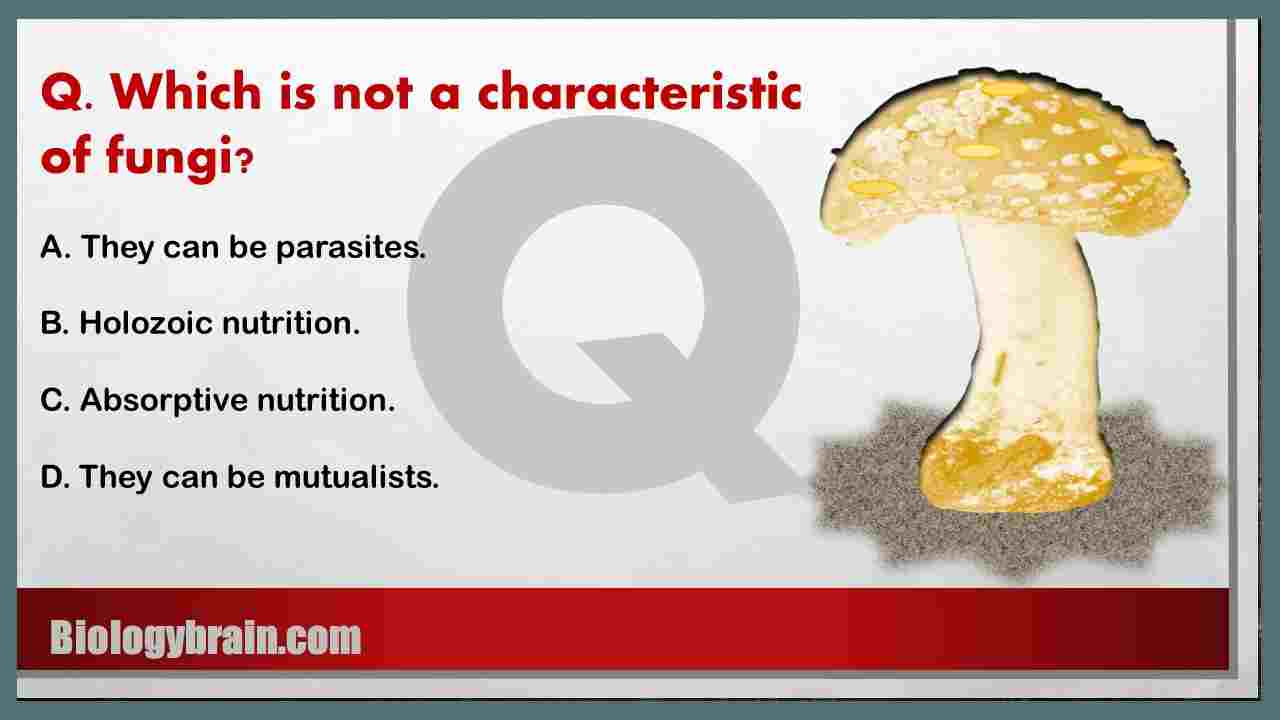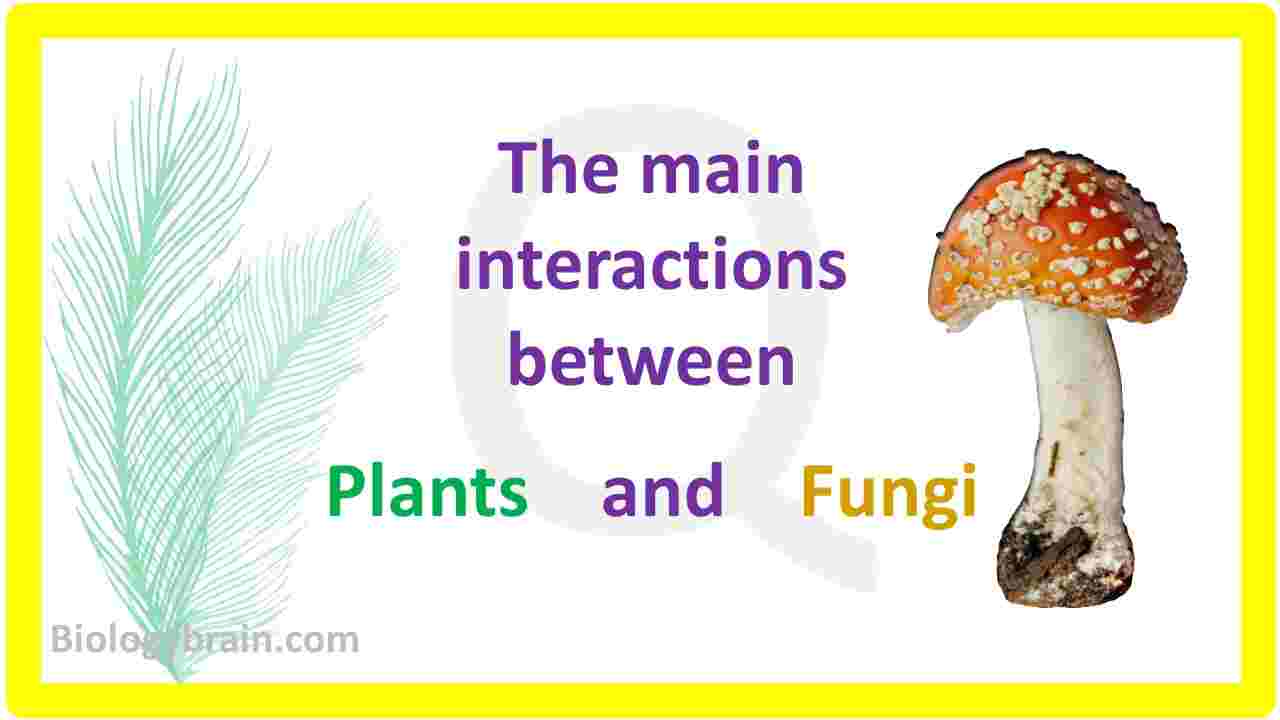Artemisia is a genus which contains an annual short-day plants belonging to the family Asteraceae. Some important plants in this family include Artemisia abrotanum (wormwood), Artemisia annua (sweet wormwood), Artemisia tridentata (sagebrush), and Artemisia dracunculus (tarragon).
Many species of this family have been used as ornamental plants for their attractive silvery gray foliage nature. These plants are frequently used in horticultural plantation to create greenery with intense brightening or to smooth the transition between different intense colors.
Some important plants of the genus, Artemisia
Artemisia annua
Artemisia annua is a medicinal plant, which is the only source for important antimalarial phytomedicine ‘artemisinin’, an endoperoxide sesquiterpene lactone. Artemisinin is active against multidrug-resistant strain of the malarial parasite, Plasmodium falciparum.
Artemisinin is detected in the aerial parts of the plant, especially in the leaves, stem and inflorescence with the content varying from 0.02 to 1.4% in different genotypes of A. annua. While, a little or none is present in its roots or pollen.
However, the concentration of artemisinin in the plant is low. Since the chemical synthesis of artemisinin is complicated and not economically feasible in view of the poor yield and demand of the drug, the intact plant is remain a viable source for the production of artemisinin.
Therefore, enhanced production of artemisinin content in the plant is highly desirable to use it in malaria treatment.
Artemisia absinthium
The leaves of common wormwood have been used in medicines and beverages such as absinthe and vermouth. The leaves of this plant contain thujone. This plant has been used to treat crohn’s disease, kidney disease (called IgA nephropathy), osteoarthritis, gallbladder disorders, loss of appetite, low sexual desire, worm infestations and spasms and also used to reduce sweating, blood pressure and protein levels in the urine of the people who are suffering from kidney disease (IgA neuropathy).
Artemisia dracunculus
The aerial parts of the tarragon are used to extract medicine to treat poor appetite problems, water retention, digestion problems, and toothache, to promote sleep, to reduce the pain during or after surgery, to treat nausea, to prevent vomiting and to start menstruation. As an aromatic product, this plant used to develop the fragrance in soaps and cosmetics.
Artemisia tridentate
Sagebrush plant has distinct properties in medical history used by Indian and North Americans. The plant is a antimicrobial, disinfectant, ophthalmic, poultice, febrifuge, and sedative. The plant traditionally used to treat digestion problem, to heal wounds, to treat rheumatism and to control infection.
A decoction from the areal parts has been used in the treatment of digestive disorders, cough, and sore throat. Since the plant has an antimicrobial activity the juice from crushed leaves has been used on cuts and sores to get rid of from further infection.
Frequently asked questions:
Q1. What artemisia species produce artemisinin ?
Answer: Artemisia annua
Q2. Which species of artemisia is best for dreams?
Answer: Artemisia vulgaris (Mugwort).
Q3. What plants have thujone?
Answer: Artemisia absinthium
Q4. Does eating Artemisia annua plant harm you ?
Answer: No (read below statement).
Q5. Does Artemisia annua hurt your hearing?
Answer: There is no significant effect on hearing loss as per scientific investigations (read below statement).
Robert Gürkov et al. (2008) performed a experiment to clarify the question of artemisinin-induced hearing loss. In this study, they could not find any harmful effects of a standard oral regimen of artemisinin on peripheral hearing or brainstem auditory pathways in malaria patients as analyzed by pure tone audiometry, otoacoustic emission recording and brainstem evoked response audiometry.
Overall, this study clearly detects the acute quinine induced hearing loss due to temporary outer hair cell dysfunction. These results therefore support the continued use of oral artemisinine based combination therapy for uncomplicated malaria. (For more information read this article).










